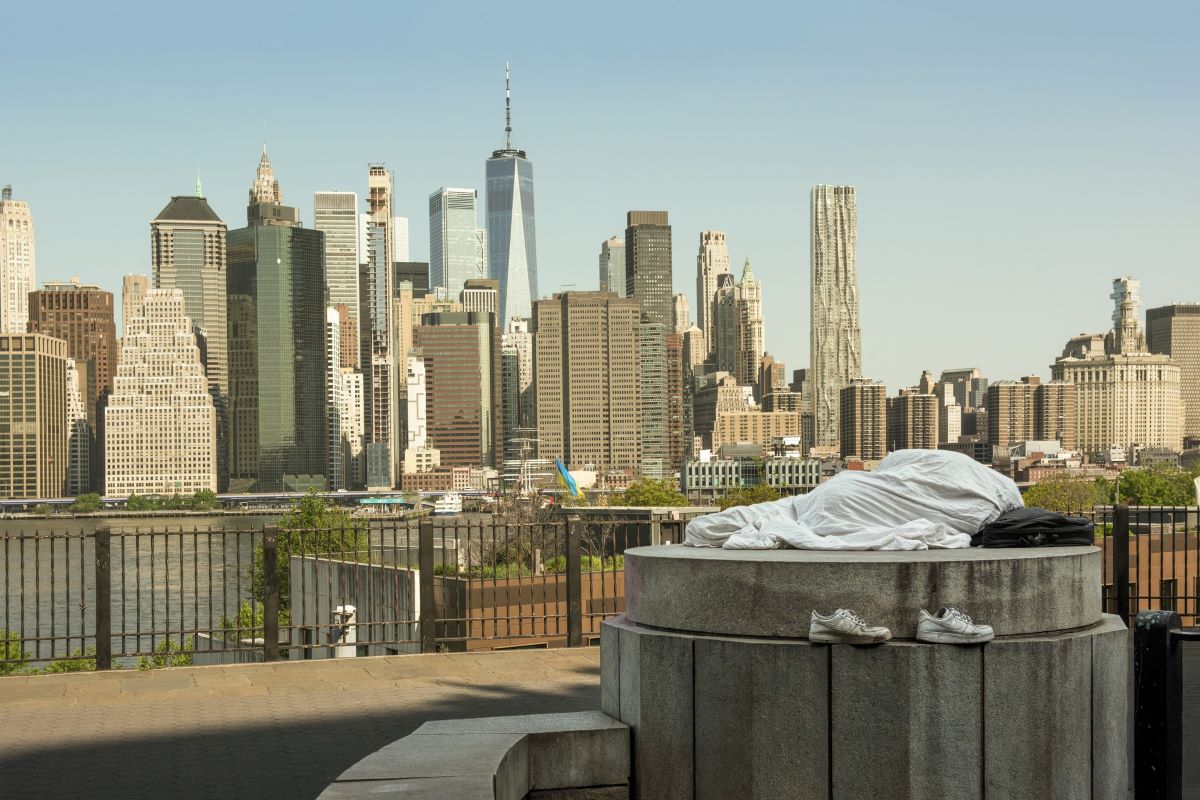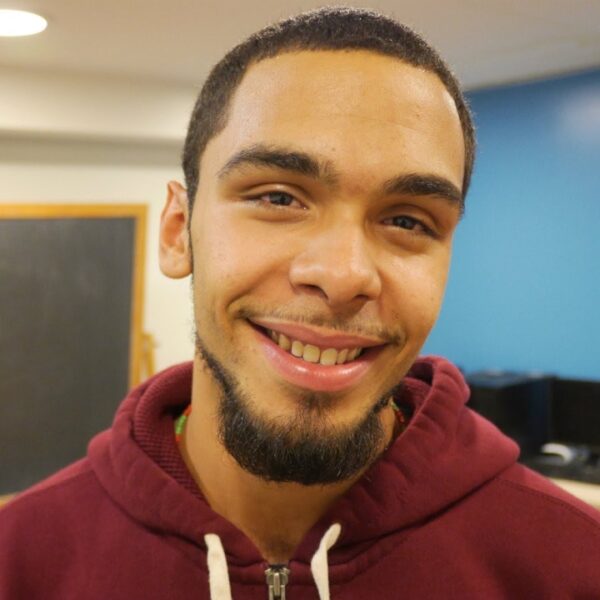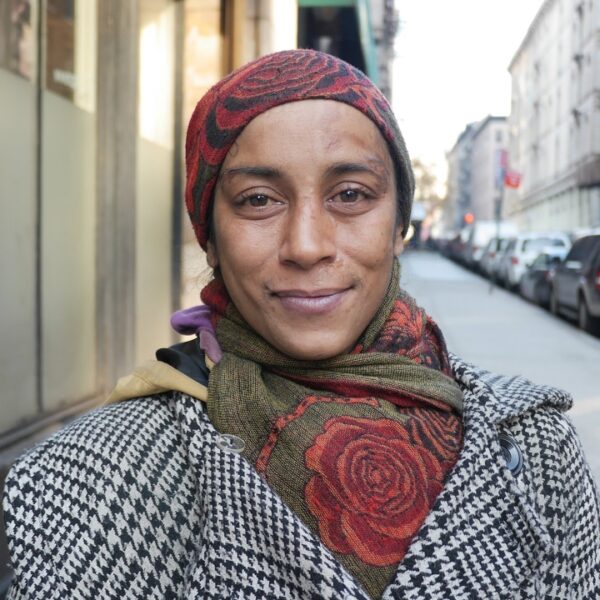“You have to laugh at life so as not to cry,” said Yalelza Goyo, as she arranged her cardboard bed where she planned to sleep as she spent another night outside the St. Brigid re-ticketing unshelteredsite in East Village.
Goyo said she had no choice. There are no beds.
City workers direct homeless people to overcrowded waiting rooms. In cases where there is space, the location is all the way in the Bronx. Many migrants have too much luggage to make it that far. The waiting rooms often smell bad and are dirty, and no showers are on site. Goyo said she preferred the sidewalk.
At an NYPD gym in Gramercy Park, homeless people weren’t even allowed to lay on the floor to sleep. They had to spend the entire night sitting up in folding chairs. Sometimes there’s no food. At best, they’re offered crackers and canned tuna.
After 42 years, New York City’s shelter system comes crashing down. The city’s “right to shelter,” which guaranteed anyone a bed, no longer exists. There are no beds left. There was no press release, no court order. Instead, it happened naturally. The surge of migrants seeking asylum pushed shelters to capacity, growing each month since last summer.
It became clear how unprepared the city was to handle the migrant crisis. Beyond that, it’s even more apparent how fragile and inoperable our shelter and welfare systems are.
To put things into perspective, the shelter system wasn’t effective to begin with.
When I was homeless in 2017, the shelter I resided at in Harlem was overcrowded and poorly kept – the toilets were often clogged or broken, and the stoves didn’t have burners. The elevators often broke down, leaving many disabled residents stranded on the top floors.
All of this is bad, but I really want to highlight this: Many shelter residents were living there long term – I’m talking 5-7 years. Why? There’s no housing. More specifically, there is no accessible or affordable housing for formerly homeless and poor people.
In all those 42 years, the city has invested so much funds and effort in maintaining the shelter system. However, no system exists to bridge that gap between extreme poverty and reentering society. Most importantly, no system in place supports the end of extreme poverty. Affordable housing is still nonexistent.
The number of homeless people in New York City’s shelter system skyrocketed 53% over the past year. According to Mayor Eric Adams, this is driven entirely by the “unrelenting” surge of migrants.
At a press conference in October, Adams very bluntly claimed:
“There’s two schools of thought in the city right now. One school of thought states you can come from anywhere on the globe and come to New York and we are responsible, on taxpayers’ limited resources, to take care of you for as long as you want: Food, shelter, clothing, washing your sheets, everything, medical care, psychological care for as long as you want. And it’s on New York City taxpayer’s dime,” he said. “And there’s another school of thought: that we disagree.”
This is an exaggerated and, frankly, offensive observation of New Yorkers.
We are a city built by migrants, and many families living and working in New York City have been here for several generations.
New Yorkers are not blind to the homeless crisis or the affordable housing crisis. They know they have friends, coworkers, and classmates who have lived in public housing, on Section 8 or have been through the shelter system once or twice.
New Yorkers work hard to survive in this often unforgiving city no matter where they’re from or how long they’ve been here.
We watch as landlords make another million dollars off our struggles. Every day, we go to work to make another corporation that much richer. We support the struggling local businesses, buying fruit, hot dogs, and falafel from stands and food carts every day.
Then, we go home to our small apartment, where we spend well over 50% of our income on rent. We can’t buy a home because properties have been bought all up to be rented out to us.
At the end of the day, we make this city run, and we deserve better, and those who are seeking a better life deserve better, too.













